2nd Annual World 5G Summit 2019
Last week I attended the 2nd Annual World 5G Summit in Barcelona, an event produced by Luxatia International, where I was invited to give a talk entitled “Do we need nextG’s?”. This blog post sums up the conference, and points some aspects touched by the speakers in the selected talks.
Opening remarks
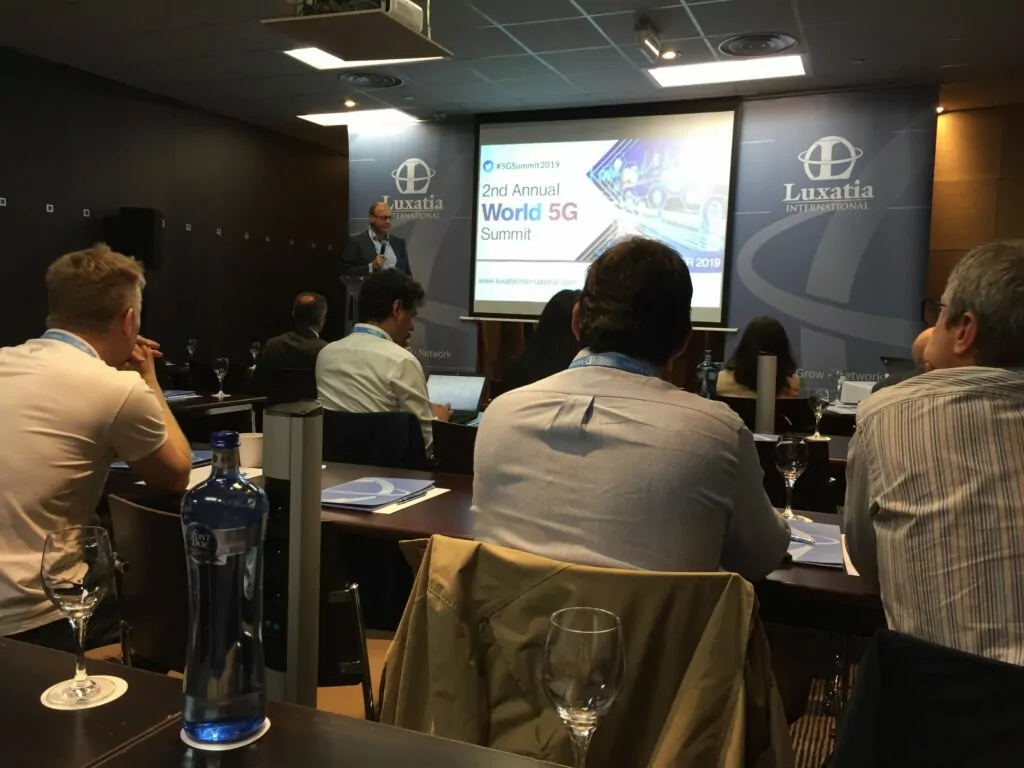
The event was chaired by Urlich Dropmann, the Head of Standardization from Nokia. In the opening remarks, Ulrich pointed out that 5G is something that needs to evolve towards what we want it to be, and to mature until it exposes its full potential. This is a similar situation to what was the case with 3G standardized around year 2000, where the real usefulness of the system was unleashed around year 2007, where the smartphone market took-off.
Day 1 of 2nd Annual 5G Summit
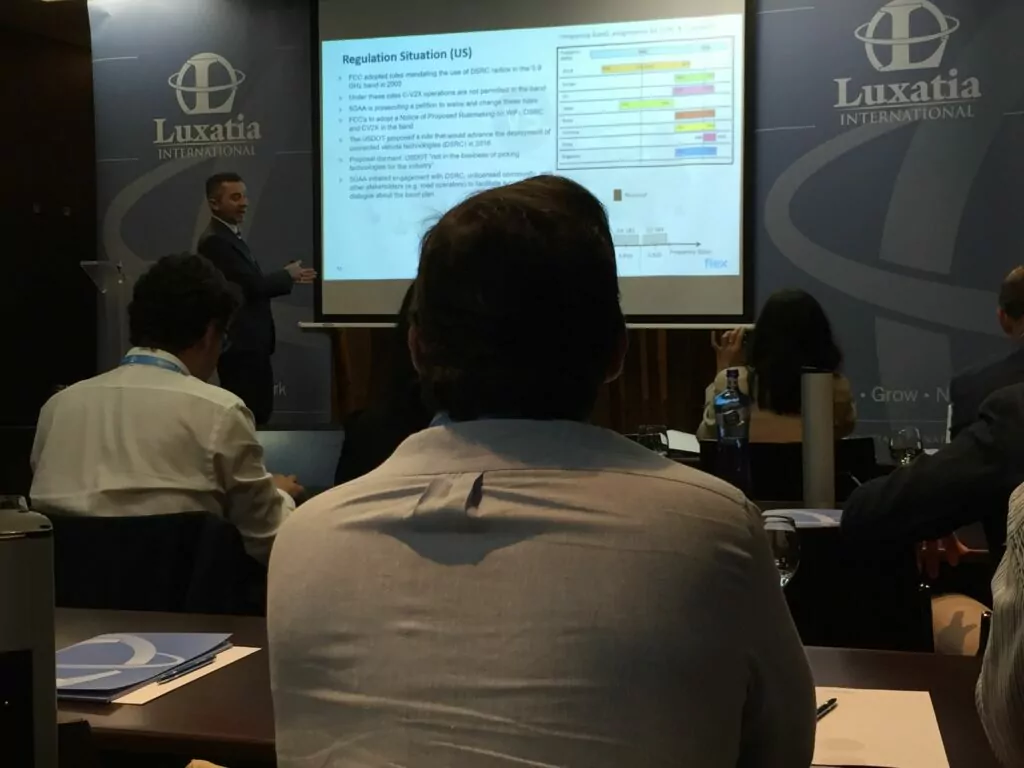
First session was covered by Dr. Juan Nogueira from Flex posing the question, if V2X (vehicular-to-anything) type-of-services need 5G. The current status of the competing solutions, i.e. DSRC (from the IEEE world) and Cellular-V2X (from the 3GPP world, namely LTE-V2X) is still not clear, but EU is supposed to decide in October 2019, how the 5.9GHz band will be shared between those systems. The importance of regulation is clearly seen for the selection of a system in this particular example. Speaking of the future of both solutions, DSRC will evolve onto NGV (IEEE 802.11bd), while LTE-V2X will of course be supplemented by 5G-NR V2X. The cellular solution is currently being backed up by a large group of industry members (120+). Getting back to the original question of this talk, 5G-NR V2X is being looked up as an enabler for new use cases, for which LTE V2X is not enough. Finally, as always in such a case, the problem boils down to the question “who is going to pay for the infrastructure” (especially along the highways), as the business case is still not totally clear.
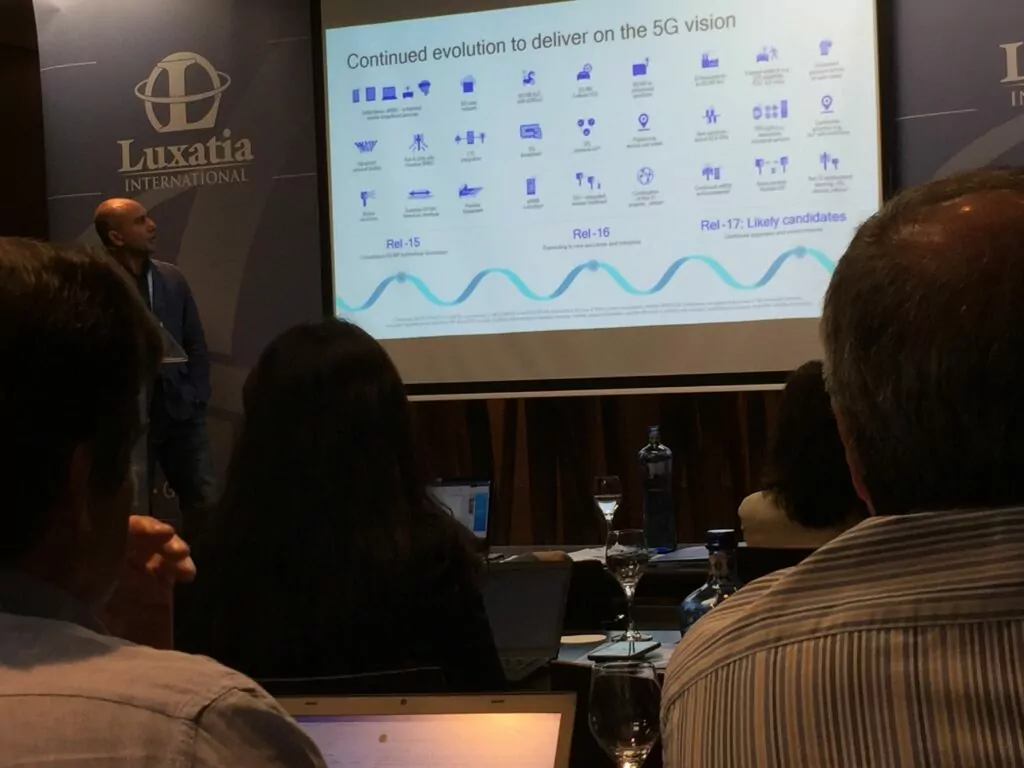
In the next talk, Lorenzo Casaccia from Qualcomm, presented the current status of the 5G standardization (as of Rel. 16), and the discussions on the likely candidates for Rel-17 including: enhancements to 5G-NR IoT, continued eMBB enhancements, new spectrum above 52.6GHz, NR-light, etc.
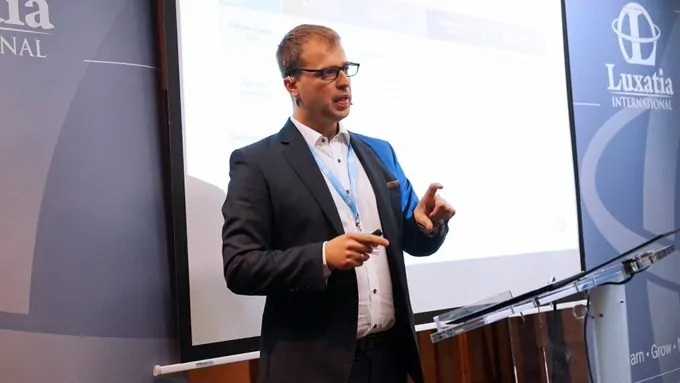
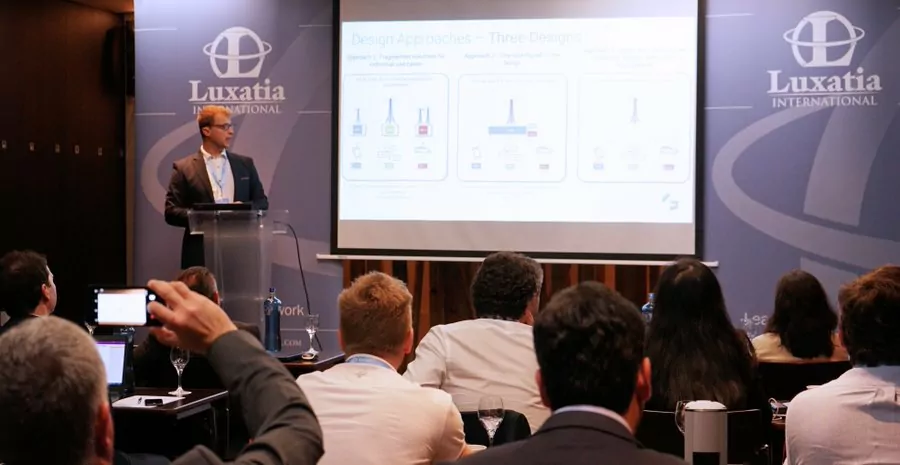
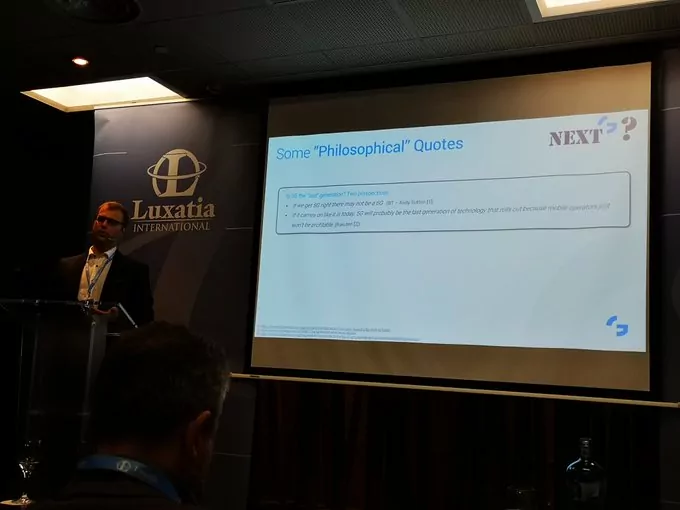
Right after Lorenzo, I had my talk on the future of wireless, touching upon the complexity of LTE and 5G and the reasons behind:
- in LTE, the complexity comes from the fact that the seven 3GPP releases (from when LTE was originally standardized) brought a lot of new features to make the system flexible and more “dynamic” in terms of improved performance, configuration options and new services;
- 5G in contrast, is designed to support a multitude of use cases (sometimes with contradicting requirements) from the scratch, thus is provided with many options, parameters, solutions, bands, and incorporates LTE (which brings its own complexity) from the first release.
To cope with this complexity and diversity (and uneven spatial and temporal traffic distribution), a hybrid and modular approach is proposed.
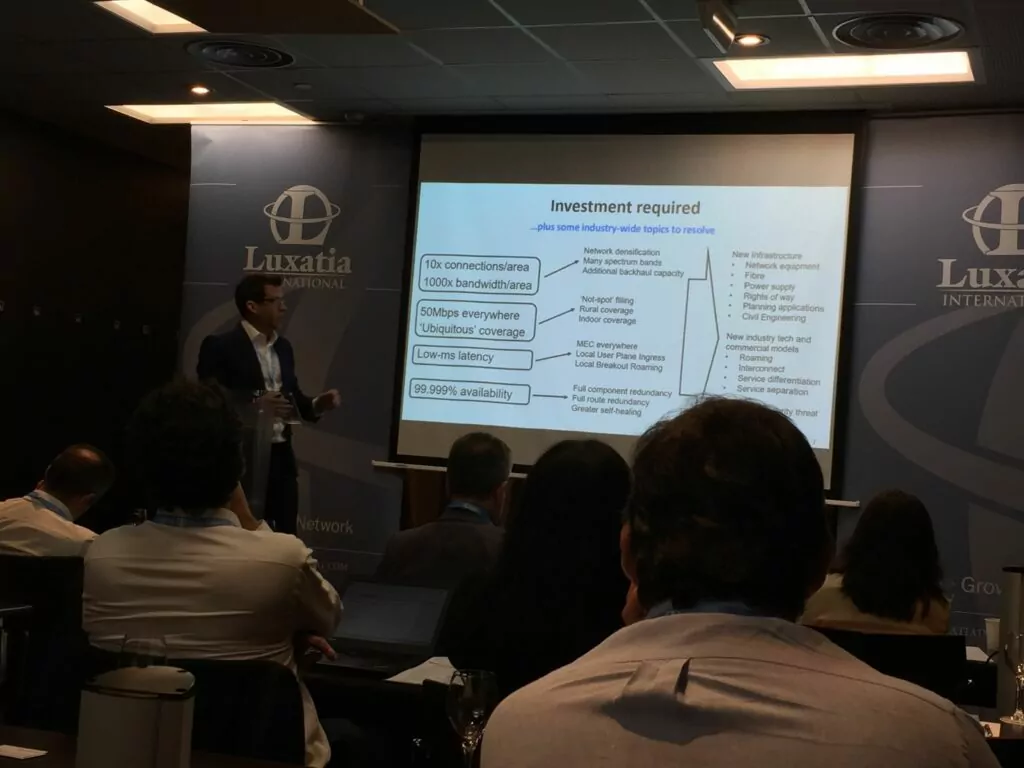
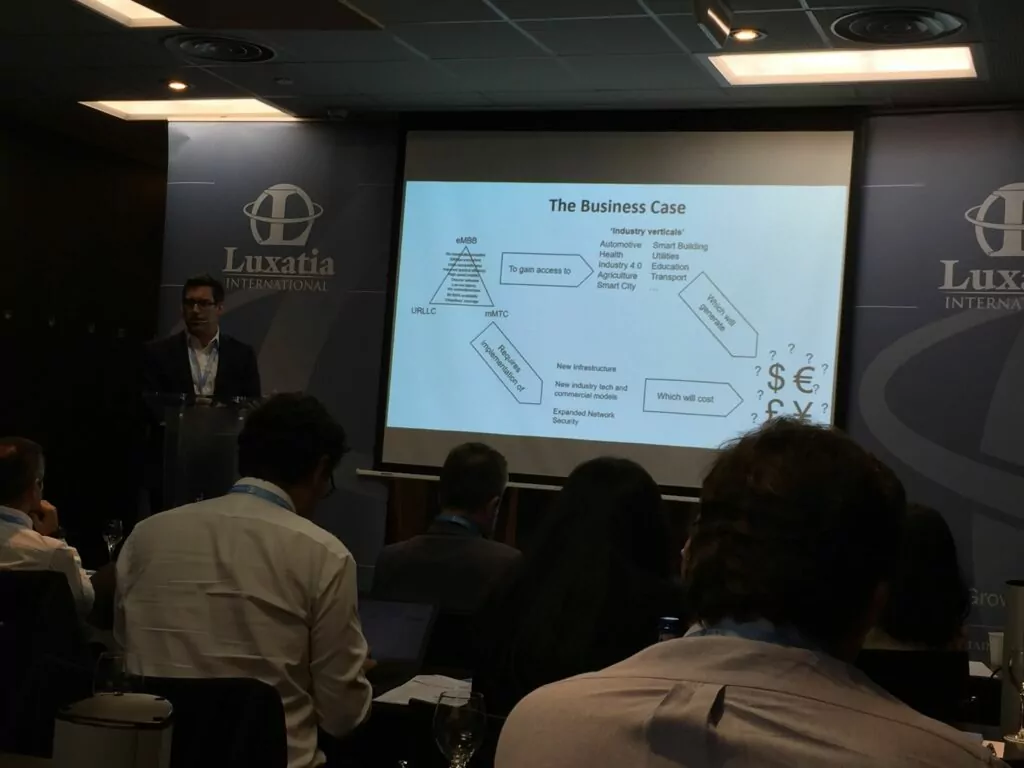
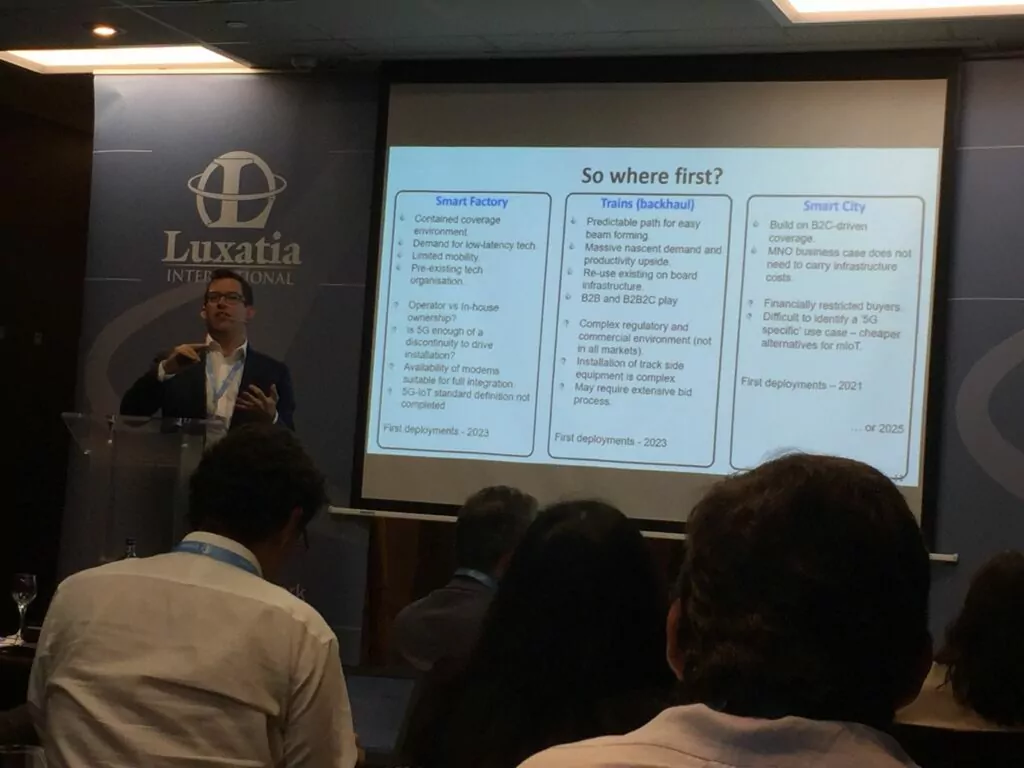
Dan Warren from Samsung had a great talk that could be summarized as: “when hype meets the reality”, regarding the ever popping-up question (at least during that conference), namely “who pays for the infrastructure”. The presented example applications of 5G and the envisioned first deployments of selected use cases covered: Smart Factory (to start being deployed around 2023), Backhaul for Trains (also around 2023), and “unified” Smart City (to show up around 2021,… or maybe 2025).
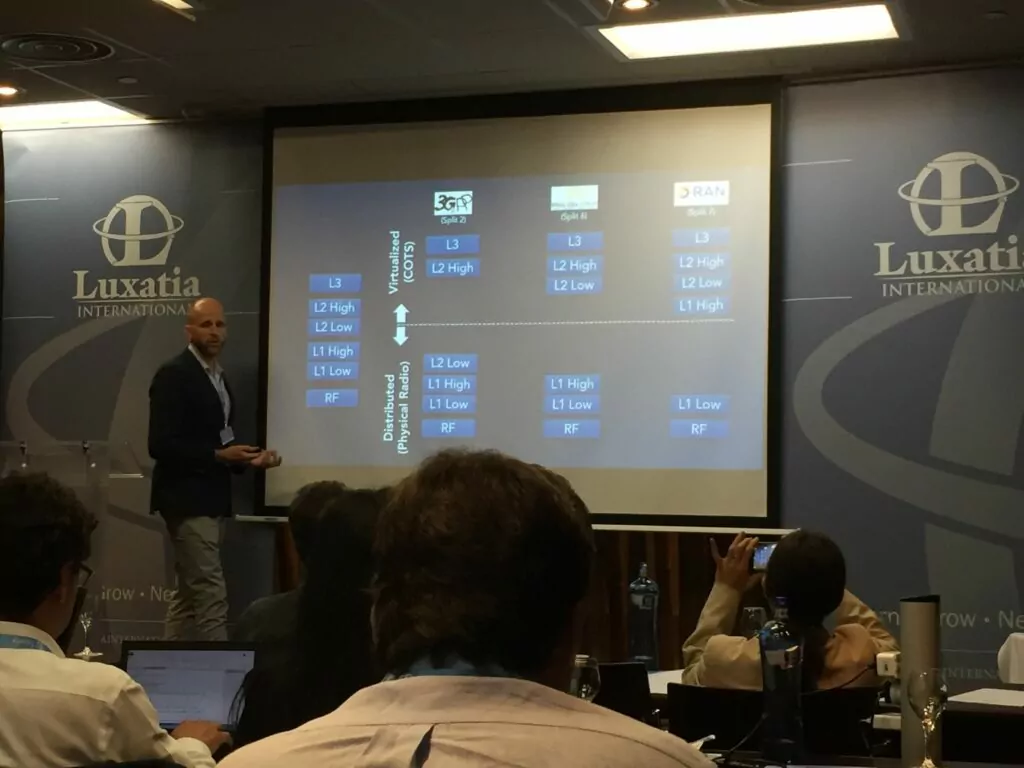
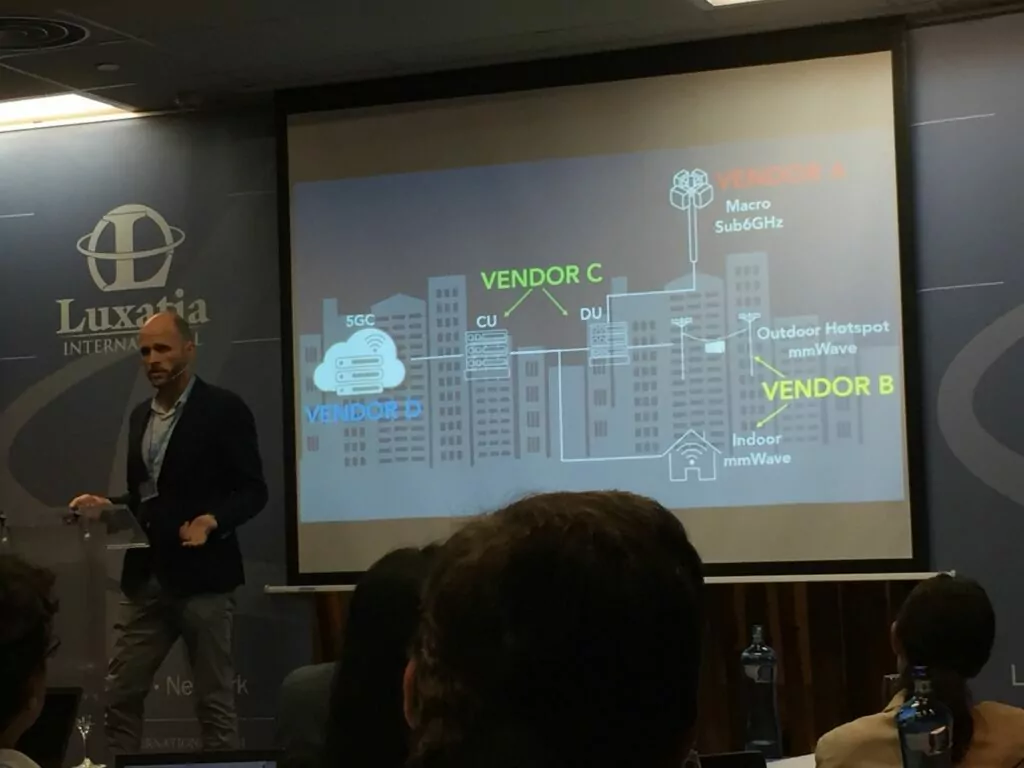
Abel Mayal from Airspan presented solution and approach to “how to move the 4G traffic to 5G faster” with the Small Cell concept using a “Mi-Fi-like” approach where 5G-NR is used for backhaul and 4G provides access to the indoor users. In this way we could “translate” the 4G traffic to 5G traffic and offload the congested 4G networks. He also talked around: the paradigm shift to democratize the networks, where – in ideal world – we could have separate vendors for each of the network parts, namely: Core Network, CU, DU, RRH, software; and a move towards private networks.
Xavier Costa Perez from NEC discussed application of AI/ML for traffic forecasting and resource management with relation to “smart overbooking” in 5G, while Marie-Paule Odini from HP Enterprise provided an update on the software-based networking including topics like service orchestration, slicing, dynamic topologies, and service assurance.
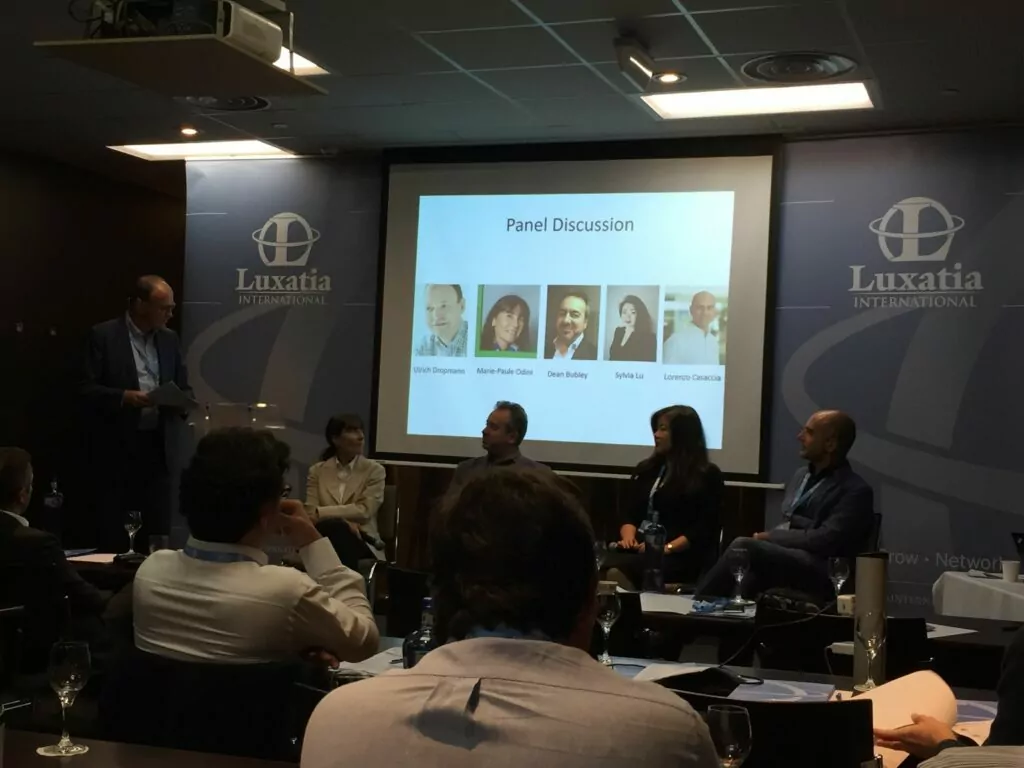
The panel session with Marie-Paule Odini (HP), Sylvia Lu (u-blox), Dean Bubley (Disruptive Analysis) and Lorenzo Casaccia (Qualcomm) was cruising around different aspects of the potential wide deployment of 5G in 2023, which I personally found very interesting. Some of the discussion points included:
- Network slicing – which didn’t mature yet, and still requires a lot of work to be done within RAN slicing and transport slicing. In this discussion, an interesting point of view was presented that before MNOs can “sell slices” to external businesses, they firstly need to use network slices themselves internally;
- Importance of system integrators and need for skills was brought to attention to enable large scale deployments. This is of particular importance in the context of 5G, where the components does not “just cover new radio interface”, but combine the set of new elements: mmWave, MMIMO, V-RAN/ORAN, SDN, NFV, SBA, Slicing;
- Private networks together with new models for localized and dynamic spectrum usage and auctions;
- Wi-Fi, which should stay where it is;
- Coverage being a second priority of 5G until now, where the first priority was to get the initial eMBB features out to the market;
- The next major step in terms of the main 5G use cases (moving beyond eMBB) to be the transportation and V2X, as well as Fixed-Wireless and Public Safety;
- Prioritization of the features in the standards: as 5G has a big scope and many verticals want include their requirements, it’s not possible to get everything in a single release, thus 3GPP has a difficult task of selection of the individual items;
- Methods to approach the verticals: instead of going with the approach: “5G is the answer, now what was the question?”, maybe it’s better to take the opposite attitude – go to the customers, talk on requirements, and propose the actual technology fit, and then the answer may be 5G, but could also be LTE, or Wi-Fi, or LoRa, or whatever fits best.
Day 2 of 2nd Annual 5G Summit
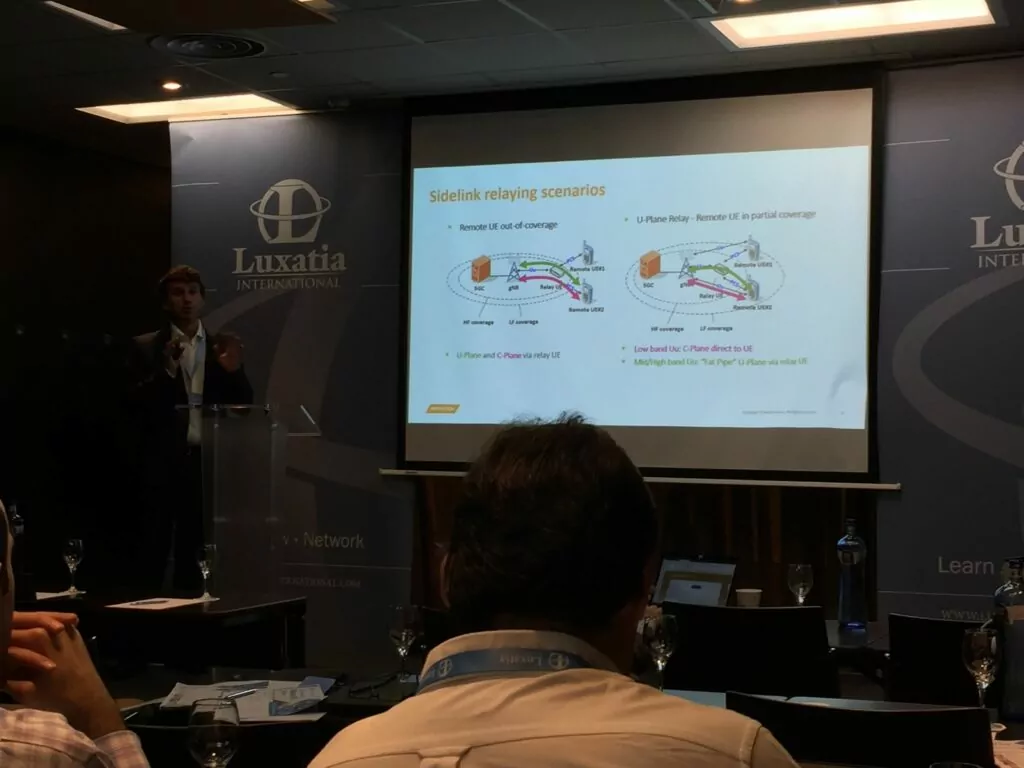
Francesc Boixadera from Mediatek showed a proposal to address the indoor challenge of 5G – being the coverage issue, namely – low penetration due to the C-band (3-6GHz) used as the primary spectrum for 5G (not even mentioning mmWave, where we could forget the indoor coverage). Small Cells, as of now, are not even close to where they should be to serve their purposes, due to their high cost, and maintenance and installation burden. The proposed solution from Mediatek to 3GPP Rel-17 includes a “consumer-electronics-based relay” using sidelink to provide indoor coverage on the high bands to address the low pricing model and get the 5G signal into the buildings.
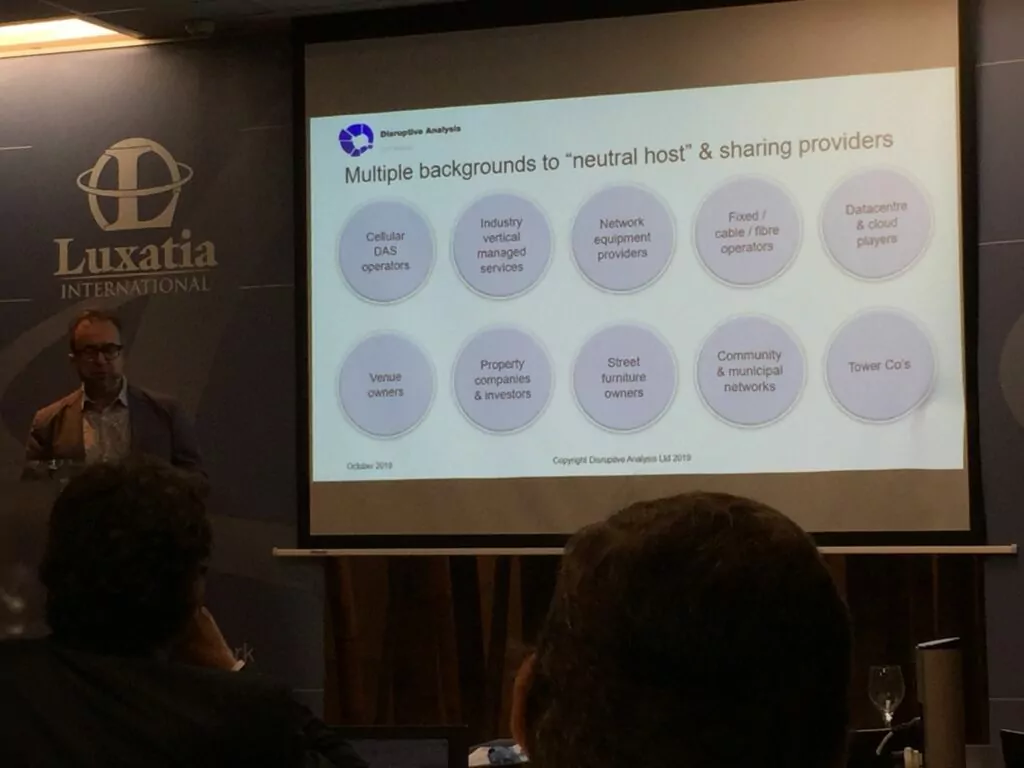
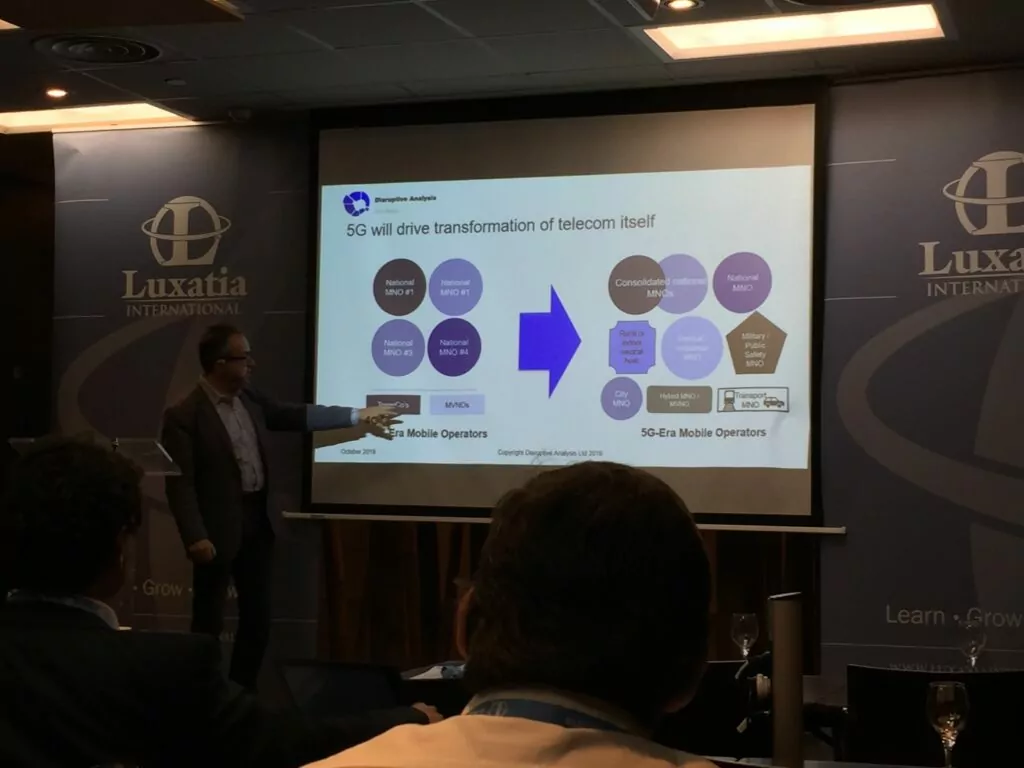
Dean Bubley (Disruptive Analysis) talked around the Neutral-Host Networks (NHN). He addressed the aspects relating the business models, where the main question is again – “who pays for and owns the infrastructure and spectrum”? Is it the operator, a venue owner or someone else? The NHN being at its early stage provides a lot of opportunities for new entrants and solutions. 5G could transform the Telcos themselves by granularizing the market to “regular operators”, multi-operator networks, new players, small companies, private networks, etc. He also spoke about how Wi-Fi fits into the overall picture, and where it makes sense to use cellular and where Wi-Fi fits best.
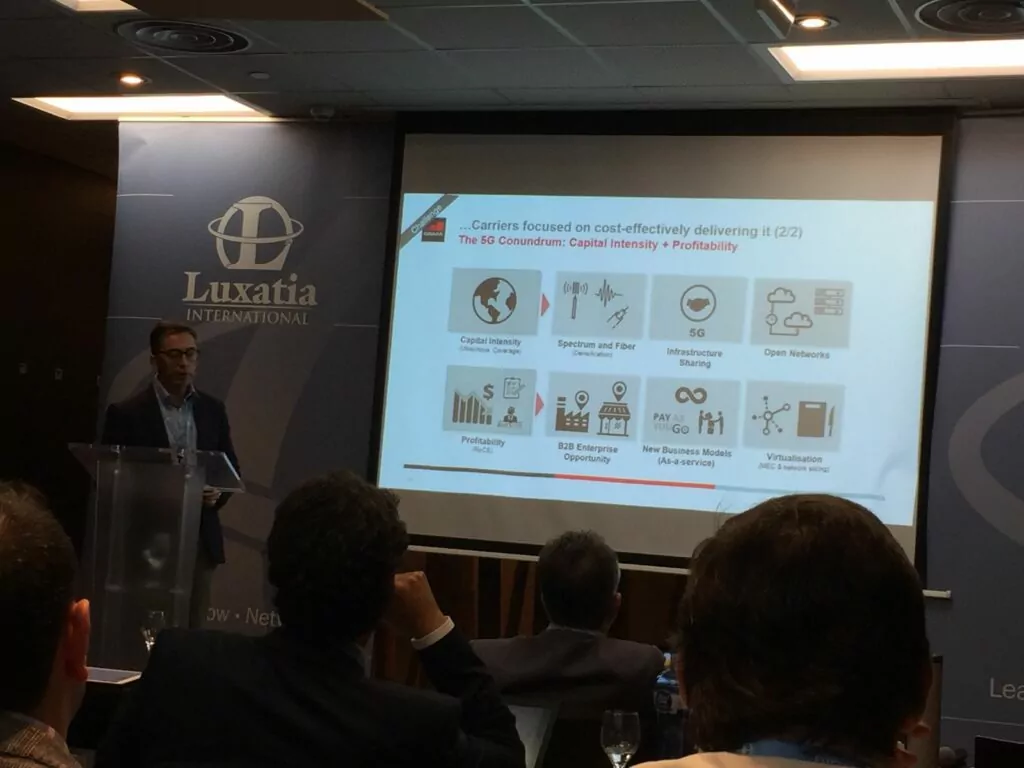
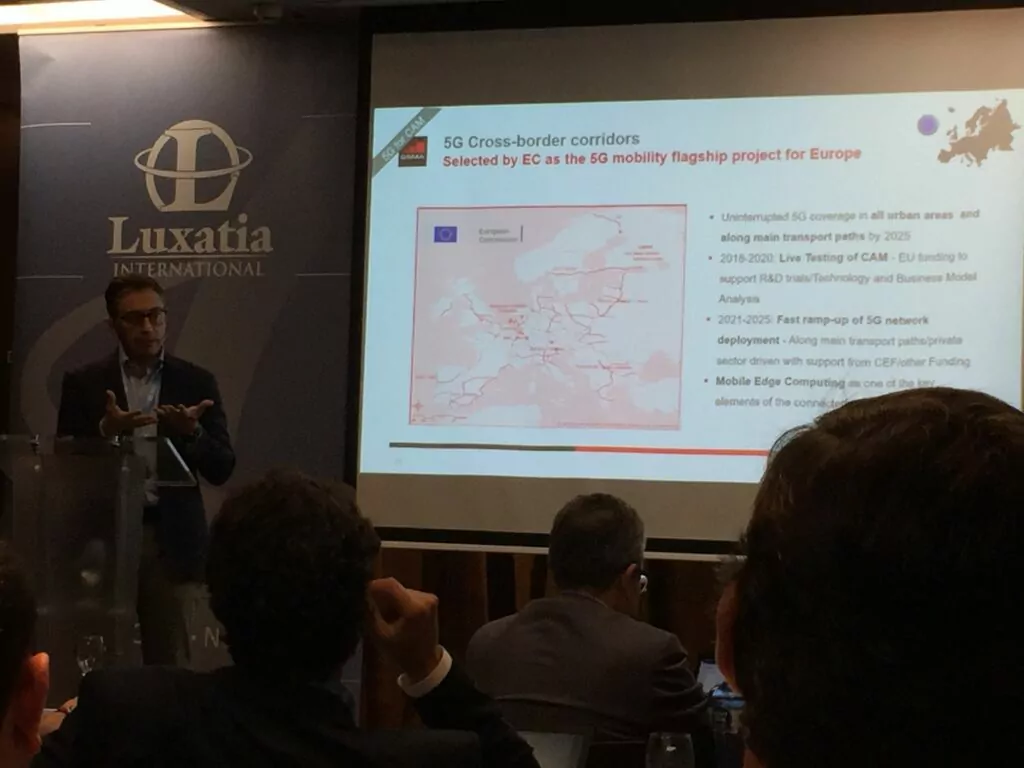
Javier Albares shared the update of the 5G applicability from GSMA perspective, where security can be one of the main drivers for 5G, as a large percentage of the IoT traffic is seen as malicious or highly exposed to security threats, thus could be a reason to use cellular solutions. Another stated point was that the industry is currently experiencing the “chicken-egg problem” in many cases, where to justify investment you need a use case, while at the same time for a use case to work, you need that investment and infrastructure. Finally, from the EU perspective the first important 5G use cases are connected cars and transportation as the ecosystem is getting matured there.
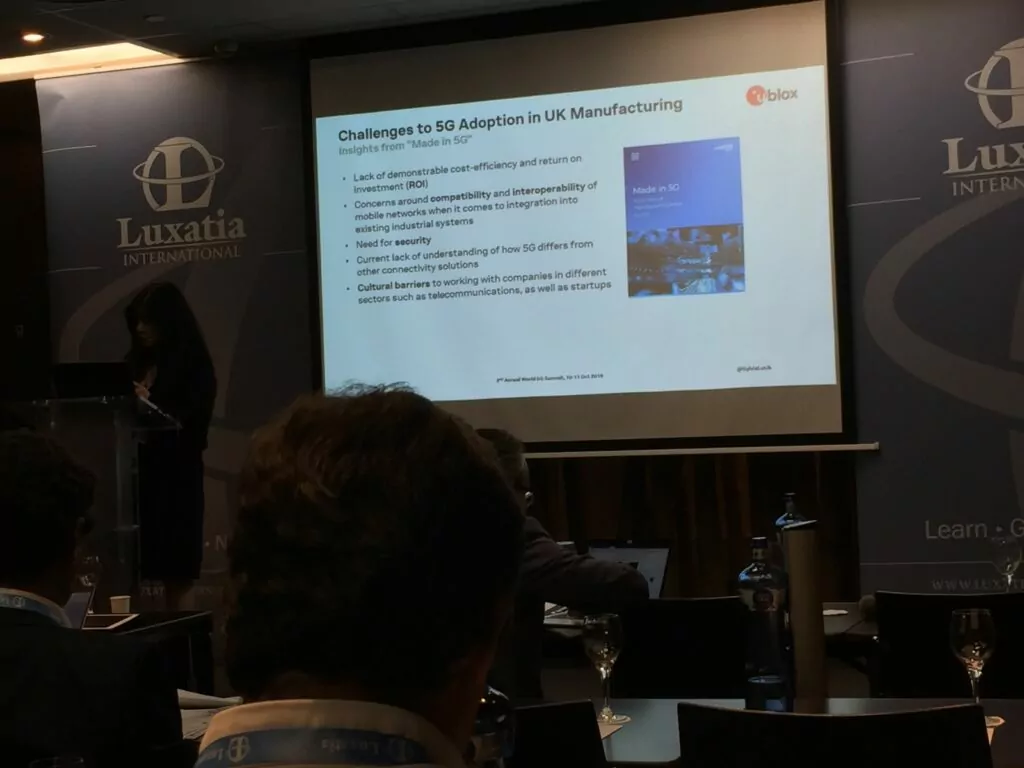
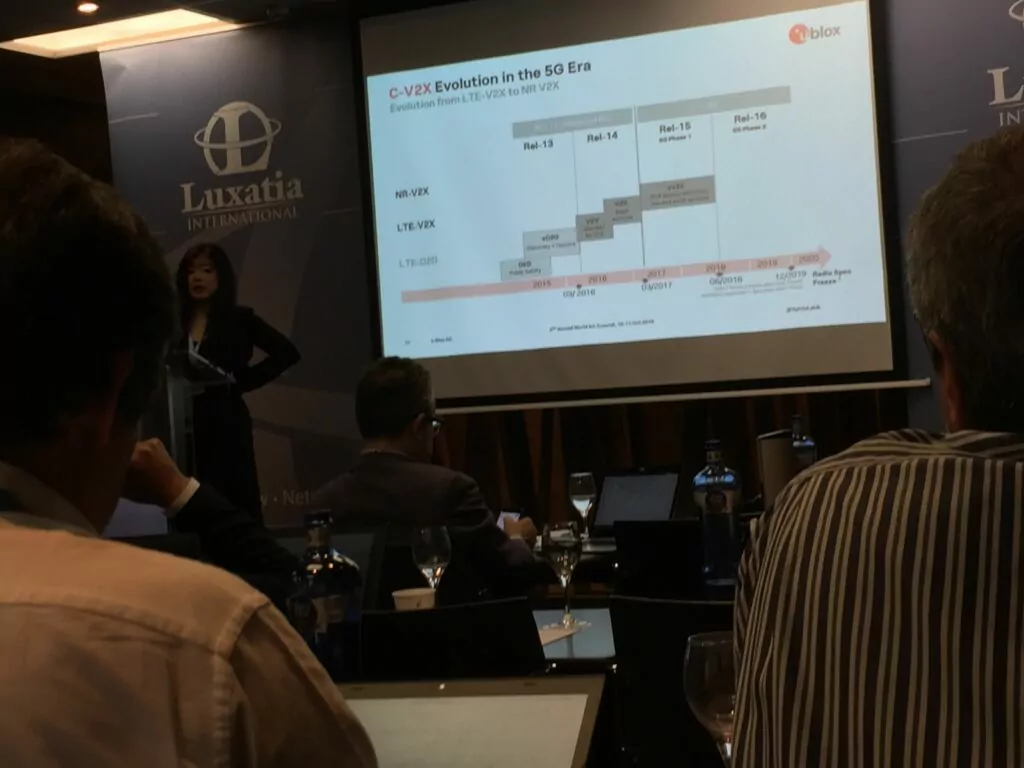
Sylvia Lu from u-blox provided a view on 5G from the manufacturing perspective, where 5G could complement existing solutions, e.g. for positioning, where GNSS does not provide sufficient service (e.g. indoors), and for automation, along with the 3GPP evolution works of the NB-IoT, Cat-M and the V2X. She also shared challenges in that sector, including concerns around interoperability, compatibility and lack of understanding of where 5G is different from other solutions.
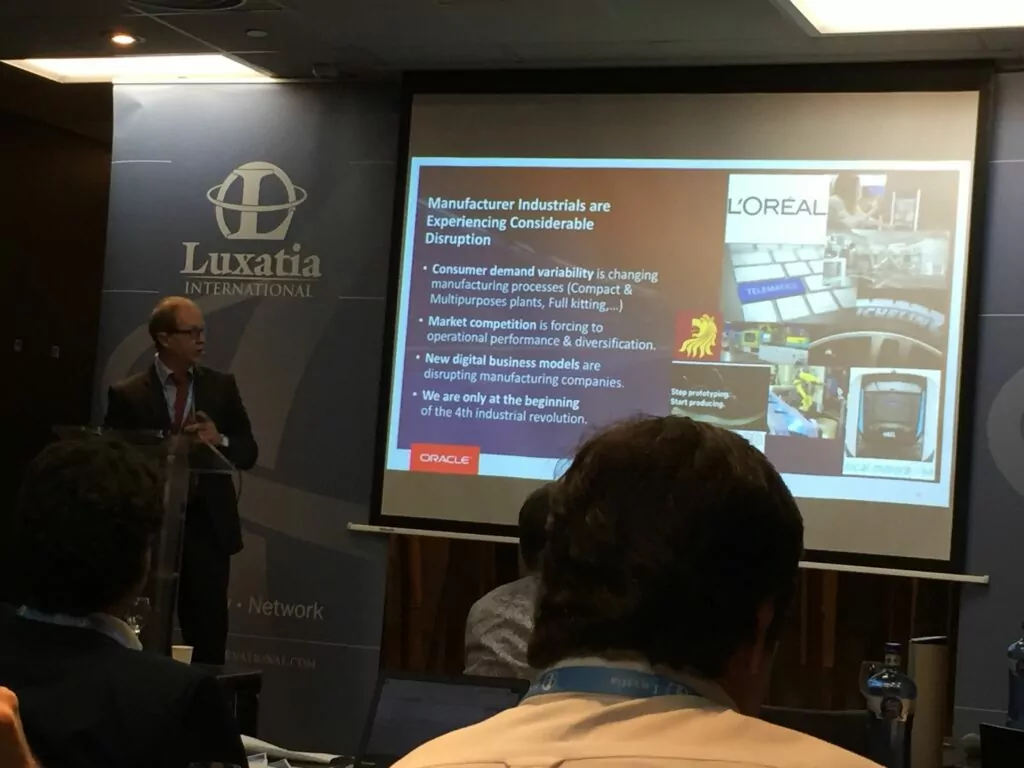
Eric Prevost from Oracle, showed a live demo of production process automation, using an interactive dashboard with data processing and deep dive into a problem. The current perspective is that it is important to collaborate with customers on the end-to-end solutions and come up with an ecosystem, rather than with “just” a solution (i.e., the silo-approach has to be broken-apart). Additionally, the business applications should be connected to production applications, therefore the MEC solutions for low latency in production systems, have to be connected with the cloud parts where the business processes sit.
Eduard Martin Lineros, 5G Program Director from the City of Barcelona, shared updates on the trials and initiatives which are happening in Spain with regards to novel 5G use cases including agriculture, e-health etc., and Marcel Barat from Astrocast provided the perspective from the satellite industry to complement the terrestrial networks in the IoT sector.
Summary
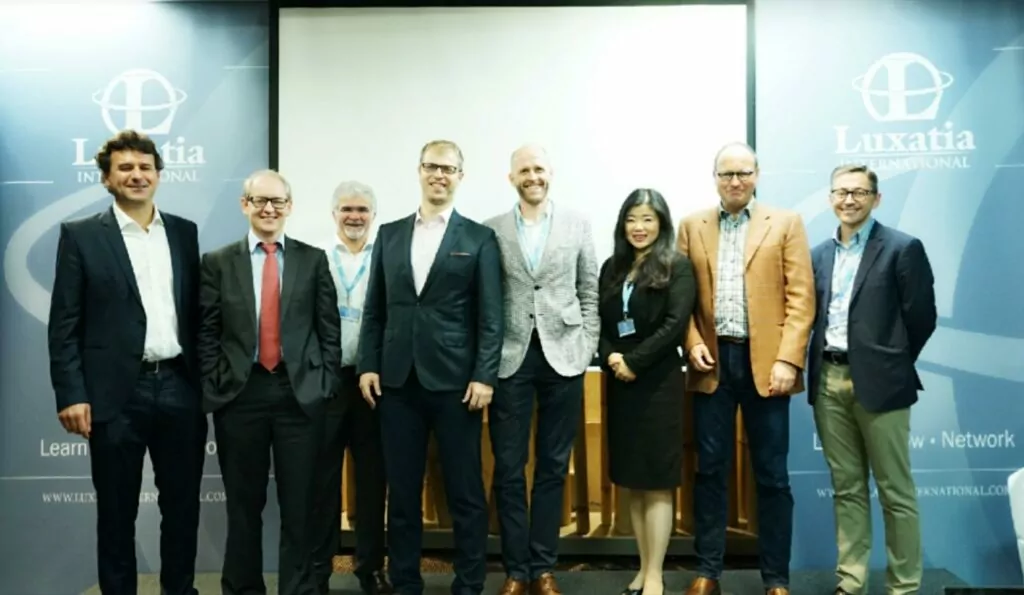
It was a very interesting event, and by being smaller than other events around this topic, allowed to actually get to know the people, rather than just exchanging business cards. We could listen about the current 5G status from different angles including perspectives from vendors, solution providers, verticals, standardization, governments and research. The one element, I was missing though, was the MNO “reality check”. I believe that the industry reached now the time, when we are slightly moving beyond the 5G hype and switch from “5G is the answer – now, what was the question” towards “who pays for the new infrastructure and spectrum” and “what do we actually need 5G for“, being the reality check.
























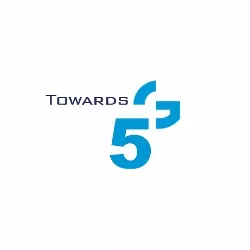

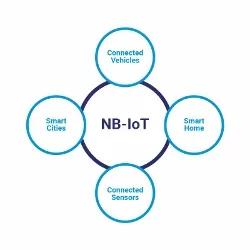
Leave a Reply